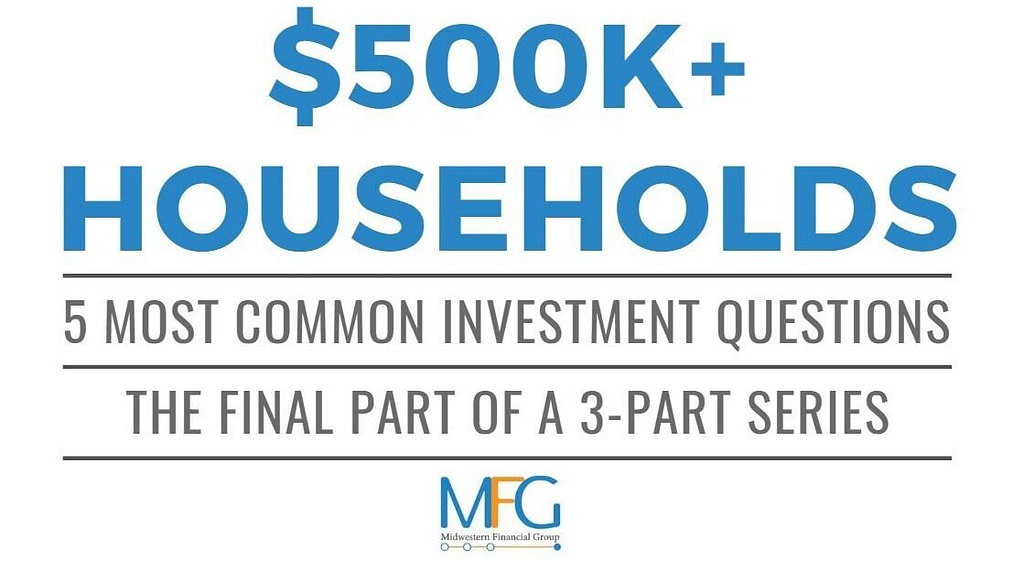Tesla entered the S&P 500 index at the end of 2020 and a few graphics made us question our previous assumptions. Were we missing something?

THREE-QUESTION FRAMEWORK
We use a three-question framework to determine if an investment is attractive, whether it is a publicly traded stock or a private company.
1. What future business performance is priced into the current price? Where do these metrics fall on the spectrum of too conservative versus too optimistic?
2. What upside scenarios are not reflected in the assets current value?
3. What downside scenarios would make this asset overvalued?
Today we’re going to focus on number 1 and use Tesla as our subject.
How many cars does Tesla need to sell by 2025 to justify their current stock value?
*Keep in mind, the assumptions we’re using will not be correct. They will be either too pessimistic or too optimistic. That’s the market. Each market participants assumptions make up the collective wisdom. So, poke as many holes in the analysis as you can, because we know it’s not going to be right. But, what it can tell us is important.
TESLA’S CURRENT VALUATION
First, Tesla is a company made up of a few different divisions: auto sales, energy generation, storage, and services. Our focus today is the auto sales portion, so we’re going to make our first assumption: 33% of Tesla current valuation represents the value of the divisions outside of auto sales. This is likely too high given that the other revenue is only 14 percent of their total sales, but we’re lowering the bar for Tesla. Tesla’s current value is $715 billion. We are not determining how many cars Tesla needs to sell to justify a $715 billion valuation, we’re asking: how many cars does Tesla need to sell for their auto division to be worth $479 billion ($715*2/3).
OTHER ASSUMPTIONS:
· We’re ignoring the sales of regulatory credits because management themselves expect these to decline to zero over time.
· Assuming the regulatory credits are very profitable, Tesla’s cost of goods sold (COGS) for vehicles in the first 9 months of 2020 was a little over $13 billion.
· On roughly $16 billion in sales, Tesla’s margin on autos is about 17.42%.
· Sales, general and administrative expense as a percentage of sales declines to 10% of total vehicle sales revenue. (Apple’s SG&A is 7.5% of total sales).
· Income tax is 25% (higher than today, but probably lower than future tax rates).
HOW IS THE $479 BILLION AUTO DIVISION JUSTIFIED?
How many vehicles does Tesla need to sell for their auto division to be worth $479 billion today?
· Tesla will generate a $22.43 billion profit selling just over 8 million cars in 2025. If we use an Alphabet-like (Google’s parent company) multiple of 30, Tesla’s auto division will be worth $672 billion in 2025. Discount that to today at a 7% required rate of return, Tesla’s auto division is fairly valued at $479 billion.
· Bottom line: Tesla only needs to sell 8 million cars in 2025 to justify their auto division value given the assumptions above.
MARGINS
But what if Tesla expands their gross margins? Instead of 17.42% per vehicle, Tesla improves efficiencies and gets to 25% per vehicle.
Tesla needs to sell 3.975 million vehicles in 2025 to justify their current valuation if they expand margins.
Are these assumptions realistic?
Tesla will inevitably improve gross margins as manufacturing volume increases. Is 25% doable? Possibly. BMW margins have been around 25% in the past and iPhone margins are 35%.
OTHER CONTRIBUTING FACTORS
But are the following factors the same?
· Supplier power
· Buyer power
· Threat of substitution
· Threat of new entry
· Competitive Rivalry
Margins aside, the question we’re trying to answer: How many vehicles does Tesla need to sell?
Are 4-8 million vehicles sold per year an realistic projection? 4.7 million new cars were sold within U.S. borders for 2019. If Tesla can expand their offering to trucks that would help them. Global sales are a must for Tesla. Another manufacturer with global reach is Toyota. Toyota sold 10.6 million vehicles in 2019, within many different offerings at different price points. 8 million is not far from 10.6.
So, we must ask, “Is Tesla the next Toyota?”
Tesla has a factory in China, is currently building another in Germany and plans to penetrate the Indian auto market this year. Elon Musk’s company goal is 20 million vehicles per year.
Whether they achieve their goal or not is less important to us. Right now, Mr. Musk must deliver millions of cars per year within the next few years, a tall task to justify today’s price. There will inevitably be bumps in the road and the downside potential could be tremendous.



